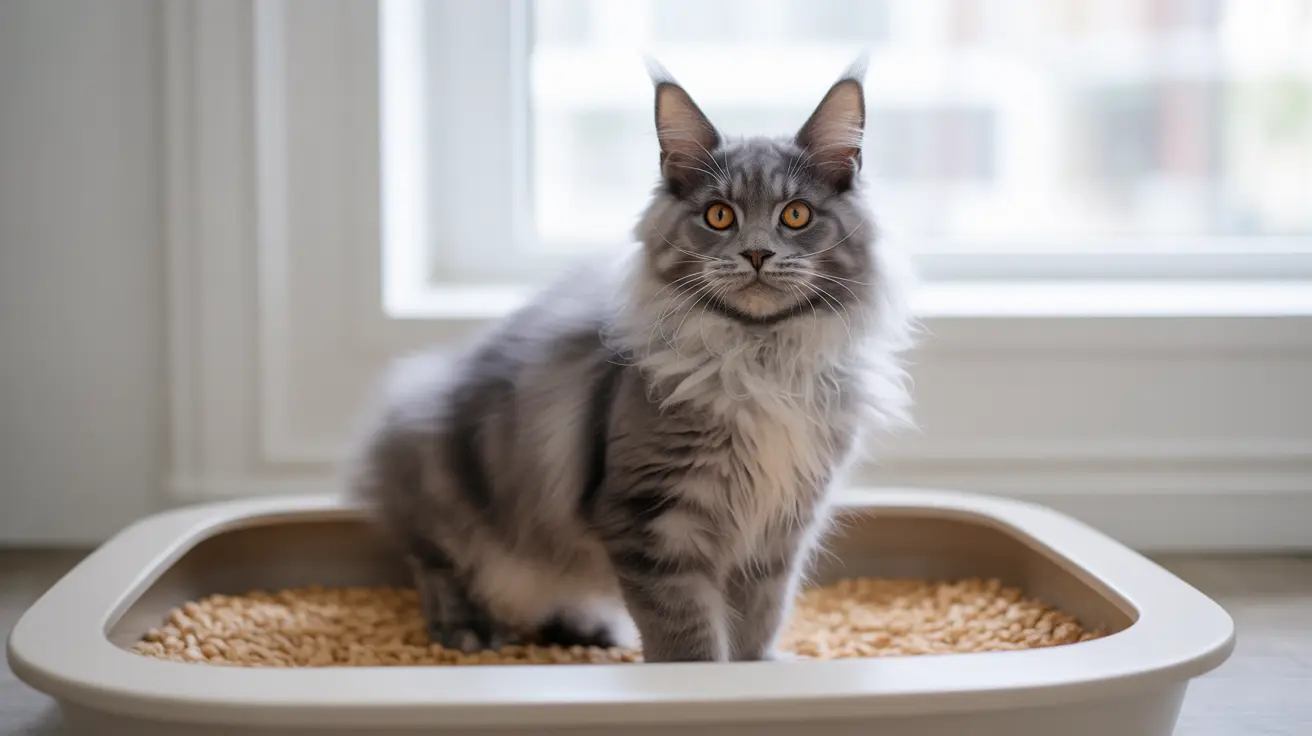Understanding how male cats pee isn't just about satisfying curiosity - it's essential knowledge for every cat owner. Male cats have unique anatomical features and urination patterns that directly impact their health and well-being. This comprehensive guide will explore the intricate details of male cat urination, common issues to watch for, and vital information for maintaining your feline friend's urinary health.
Male Cat Urinary Anatomy Explained
Male cats have a specialized urinary system that starts with two kidneys that filter blood and produce urine. This urine travels through tubes called ureters to the bladder, where it's stored until elimination. What makes male cats unique is their longer, narrower urethra that runs through the penis and past the prostate gland.
This anatomical structure is both a blessing and a curse. While it allows males to direct their urine stream precisely for territorial marking, the narrow urethra makes them more susceptible to blockages and urinary tract issues than female cats.
The Male Cat Urination Process
When a male cat needs to urinate, the process begins with signals from the brain to the bladder. The external urethral sphincter relaxes, allowing urine to flow through the urethra and exit through the penis tip. Unlike humans, cats don't typically wait for their bladder to be completely full - they often urinate more frequently in smaller amounts.
Male cats usually adopt a standing position while urinating, which serves two purposes: it allows them to better direct their urine stream for marking territory and helps them stay vigilant against potential threats.
Common Urinary Health Concerns in Male Cats
Due to their anatomical structure, male cats face several unique urinary health challenges:
- Urethral obstruction (potentially life-threatening within 24-48 hours)
- Feline Lower Urinary Tract Disease (FLUTD)
- Urinary crystals and stones
- Stress-related urinary issues
- Urinary tract infections (UTIs)
Early detection of these issues is crucial. Watch for signs such as frequent trips to the litter box, straining while urinating, or crying during urination attempts.
Preventing Urinary Problems in Male Cats
Prevention is always better than cure when it comes to feline urinary health. Here are essential preventive measures:
- Provide multiple clean litter boxes
- Ensure constant access to fresh water
- Consider a wet food diet or adding water to dry food
- Minimize environmental stress
- Schedule regular veterinary check-ups
- Monitor urination habits and litter box behavior
Frequently Asked Questions
What does normal male cat urination look like, and how often do male cats pee?
Normal male cat urination occurs 2-4 times daily, producing clear to light yellow urine. Healthy cats typically urinate in the litter box without straining, and the process should take just a few seconds.
Why are male cats more prone to urinary blockages, and what are the warning signs to watch for?
Male cats have longer, narrower urethras, making them more susceptible to blockages. Warning signs include frequent trips to the litter box, straining to urinate, crying while urinating, and producing little to no urine.
How can you tell the difference between normal urination and urinary spraying in male cats?
Normal urination occurs in a squatting position on horizontal surfaces, while spraying involves backing up to vertical surfaces with a quivering tail. Sprayed urine is usually more concentrated and has a stronger odor.
What steps should I take if my male cat is straining or can't urinate?
This is a medical emergency requiring immediate veterinary care. Contact your vet immediately, as urinary blockages can become life-threatening within 24-48 hours if left untreated.
How does a male cat's urinary anatomy affect his risk for urinary tract diseases and complications?
The male cat's longer, narrower urethra increases the risk of blockages from crystals, inflammation, or debris. This anatomical feature also makes them more susceptible to urinary tract infections and other urinary diseases.
Conclusion
Understanding how male cats pee and recognizing potential urinary issues can help ensure your cat's health and longevity. By maintaining proper preventive care and staying alert to changes in urination patterns, you can help your male cat avoid serious urinary complications and maintain optimal health throughout his life.






